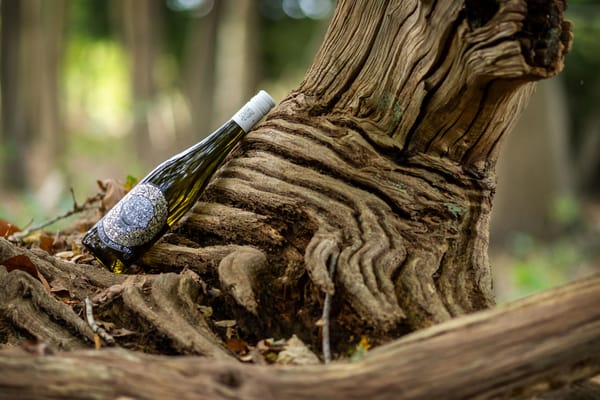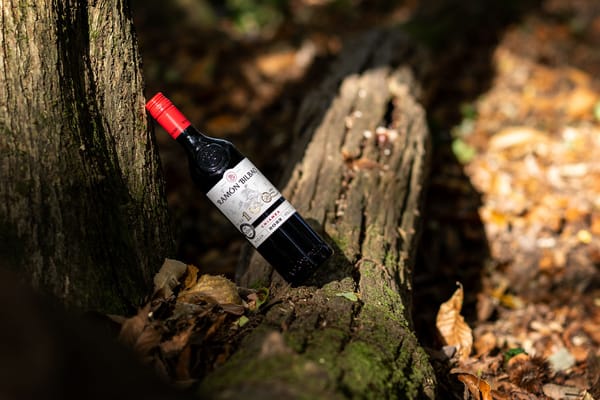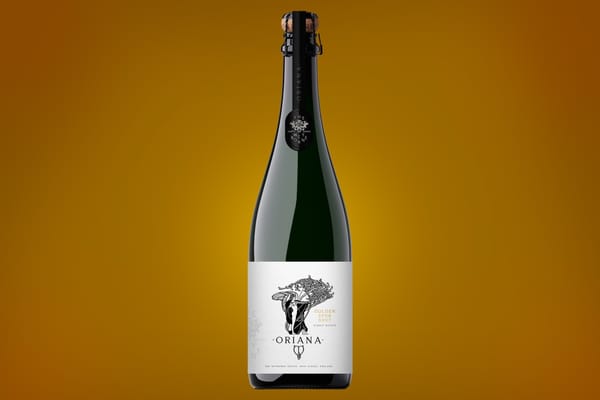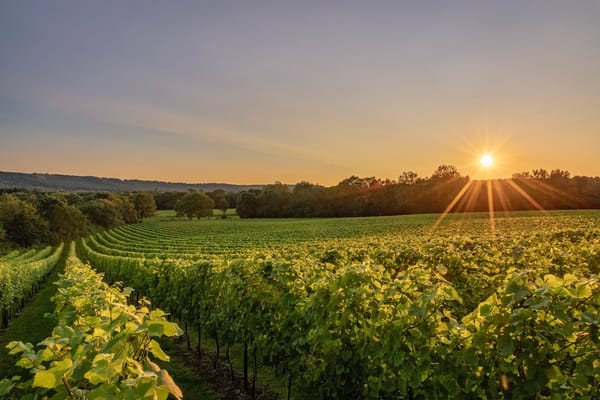Romania
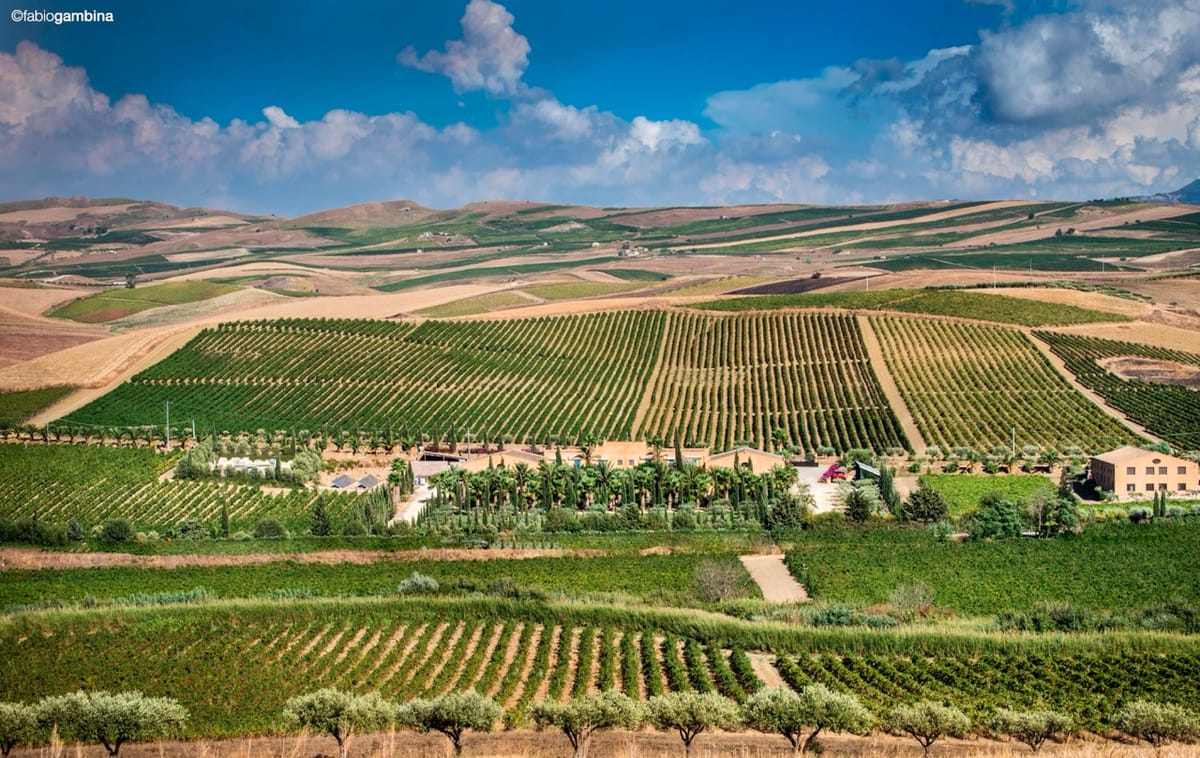
Romania has steadily emerged as one of Europe’s most exciting wine-producing countries, blending centuries-old winemaking traditions with modern techniques. Home to a number of indigenous grape varieties and a burgeoning reputation for quality.
A History of Winemaking in Romania
Winemaking in Romania traces its roots back over 6,000 years, making it one of the oldest wine-producing regions in the world. Ancient Dacians cultivated vines long before the Romans conquered the area and expanded viticulture. Over the centuries, Romania's winemaking evolved through a blend of local traditions and foreign influences, particularly from French, Italian, and German settlers. Despite challenges during the communist era, when quantity often trumped quality, the post-1990 revival has seen a renewed focus on crafting high-quality wines that honour both heritage and innovation.
Major Wine Regions
Romania boasts a wealth of wine regions, each with distinct terroirs that reflect the country’s diverse geography and climate. The key regions include Transylvania, Moldova, Muntenia, Oltenia, Dobrogea, and Banat.
Transylvania, known for its cooler climate, is ideal for producing aromatic white wines. The region’s high-altitude vineyards yield fresh, crisp wines from varieties like Fetească Regală, Fetească Albă, and Riesling.
Moldova, situated in the northeast, is Romania’s largest and most historic wine region. Known for its rolling hills and moderate climate, Moldova is home to famous areas like Cotnari, celebrated for its sweet wines made from Grasă de Cotnari and Tămâioasă Românească.
Muntenia and Oltenia, in the south, are key regions for red wine production. Here, the warmer climate supports full-bodied reds made from Fetească Neagră, Merlot, and Cabernet Sauvignon. The Dealu Mare region, often compared to Bordeaux, is particularly renowned for its robust reds.
Dobrogea, located near the Black Sea, benefits from maritime influences, which create ideal conditions for growing both native and international grape varieties. The region produces elegant whites and rosés, with Chardonnay, Sauvignon Blanc, and Pinot Gris thriving here.
Banat, in the southwest, is a smaller but increasingly prominent region, known for its diverse soils and wines made from Fetească Regală, Muscat Ottonel, and Pinot Noir.
Key Grape Varieties
Romania is a treasure trove of indigenous grape varieties, which form the backbone of its winemaking identity.
Fetească Neagră is the country’s flagship red grape, producing deeply coloured, medium to full-bodied wines with notes of black fruits, spices, and a touch of smokiness. It is often compared to Syrah for its versatility and complexity.
Fetească Regală is one of the most widely planted white varieties, offering fresh, aromatic wines with flavours of green apple, citrus, and wildflowers. It is highly adaptable, making it suitable for a range of styles, from crisp dry whites to richer, semi-sweet wines.
Tămâioasă Românească, an ancient aromatic white grape, is often crafted into lusciously sweet wines, with intense floral and honeyed notes reminiscent of Muscat.
Grasă de Cotnari, primarily grown in Moldova, is renowned for its sweet, dessert-style wines that age beautifully, developing complex nutty and dried fruit aromas.
Innovation and Sustainability
Romania’s wine industry has embraced a wave of modernisation, balancing its rich heritage with contemporary practices. Many wineries are adopting cutting-edge techniques in vineyard management and winemaking, with a focus on preserving the unique character of native varieties.
Sustainability is also gaining momentum, with increasing use of organic and biodynamic farming methods. Producers are investing in water conservation, renewable energy, and natural pest control, reflecting a commitment to environmental stewardship.
International Recognition
Romanian wines are increasingly gaining international acclaim, particularly in European markets such as the United Kingdom and Germany, as well as in the United States and Asia. Wines from Romania are praised for their exceptional value, offering high-quality expressions of both indigenous and international varieties at competitive prices.
Romania’s has a deep-rooted winemaking tradition and a dynamic, forward-looking approach. From the rich, spicy Fetească Neagră to the floral, aromatic Tămâioasă Românească, the country’s wines offer an intriguing blend of history, quality, and innovation. As Romanian winemakers continue to make their mark on the global stage, this ancient wine-producing country is rapidly establishing itself as a must try for wine lovers worldwide.

